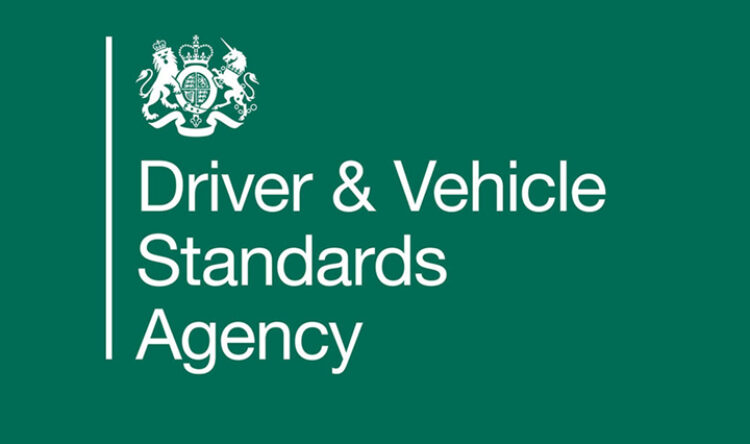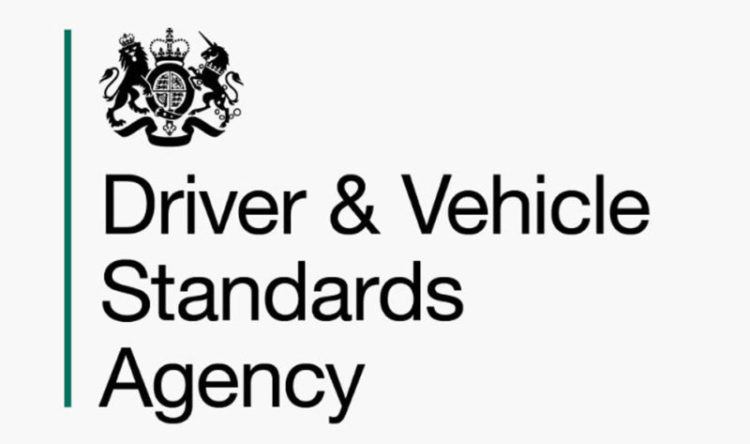DVSA tips on driving test roadmap
CEO Loveday Ryder writes to ADIs
A communication from the CEO to NASP association members:
It has been another tough lockdown, but some of us are starting to feel like there’s a light at the end of the tunnel. Whether it’s because Spring is in the air, you’ve had your vaccine, or you feel that things are starting to go back to normal.
We have been busy over the last couple of weeks preparing for the safe restart of driving tests in England and Wales and know you will have been equally busy preparing to return to your important role of helping to keep our roads safe by offering essential professional instruction to your pupils.
I thought I’d take this opportunity update you on everything we did to prepare for the restart of testing.
Driving tests in England and Wales have now restarted
Driving tests restarted in England and Wales on Thursday 22 April. This is a huge milestone for us as it means all our driver and rider services, including vocational testing, are now back up and running in England and Wales.
We were also able to confirm that lessons could restart on 26 April and tests on 6 May in Scotland.
Helping your pupil pass their driving test first time
As part of the restart, we published and promoted the top 10 reasons for failing the driving test, giving tips to you and candidates on how to avoid these faults.
We’re asking you to encourage your pupils to rearrange their test for a later date if they regularly make these mistakes during their lessons or private practice. We’re also reminding learners to practise driving on a variety of roads and in different conditions, so they’re better prepared for their test and driving on their own for the first time.
Helping learners to be fully prepared will give them a better chance of passing, meaning they could potentially avoid a long delay to get another test and adding to our backlog.
This has been widely picked up by national and regional media and well supported by driving instructor associations, schools and instructors. As well as sparking a lively debate, our social media posts have also had a huge amount of support and engagement from the driver training industry and learners with over 32,000 likes, comments, shares and click throughs, including almost 9,400 click throughs to the gov.uk guidance page.
I want to take this opportunity to say a big thank you to the ADI National Associations Strategic Partnership for their ongoing support and for promoting this important information.
We really appreciate it and hopefully by working together we can help learners and encourage those who are not ready for their test to reflect and, where necessary, rearrange their test to a later date. We can then prioritise those who are ready to drive safely on their own.
So far the guidance has been viewed more than 100,000 times with a usefulness rating of 97%, which is fantastic.
Helping your pupils who fail their test
We know failing a driving test is extremely disappointing, and candidates feel frustrated if they fail and have to wait longer for another test. To help them, we’ve updated the guidance which explains their driving test result.
You and candidates can use this better to understand the results of their test and consider what they need to do to be better prepared for their next test. There are useful guides on GOV.UK to help you do this.
The guidance has been viewed over 4,450 times since we published it on Wednesday 21 April, with more 86% saying that it was useful.
Making it clearer that driving test results cannot be changed
We have also taken the opportunity to publish new appeals guidance on GOV.UK to explain the legal grounds to make an appeal, how to appeal to a court, and what happens at the court hearing.
This guidance also makes it clear that driving test results cannot be changed and the reasons an appeal will not be successful, such as:
• if your pupil disagrees with their test results or the driving examiner’s judgement
• if your pupil felt unwell during their test
• if the car broke down during your pupil’s test
What’s next
We are busy preparing for the restart of testing in Scotland on 6 May.
But then the hard work begins to reduce the backlog. There are currently over 400,000 candidates with a test booked and the national average waiting time for a driving test is 15 weeks.
We’ll do all we can to reduce the backlog safely and as quickly as possible to help the driver training industry recover. We plan to do this by testing as many people as we can, as soon as we can.
The safety of you, your pupils and our examiners continues to be our top priority. Given the severity of the pandemic at the start of the year, we have restarted at 6 tests per examiner per day in England, Wales and will soon doing the same in Scotland.
This is a positive step towards our services returning to normal. We will only increase the number of tests when safe to do so and will then consider plans to start allowing you to accompany your pupils during their test again. We’ll update you again on this as soon as we are able.
You’ll know that we’ve run a large national recruitment campaign for driving examiners. I know some of you may be asking why didn’t we do this earlier so that more examiners were available sooner? As you’ll appreciate, like driving lessons, the drive assessment or in-car training could not have taken place safely until April 2021.
We’ve now completed the interview stage of the recruitment process, with over 450 interviews taking place. Drive assessments have started for successful applicants in England and Wales and will start shortly in Scotland. We’ll keep you updated on their progress as the successful new recruits will start to join DVSA from this summer.
This is only one of the actions we are taking to reduce the backlog. We’ve already shared our outline plans with NASP to get their feedback and views. We’ll share our full recovery plan with you all as soon as we can.






